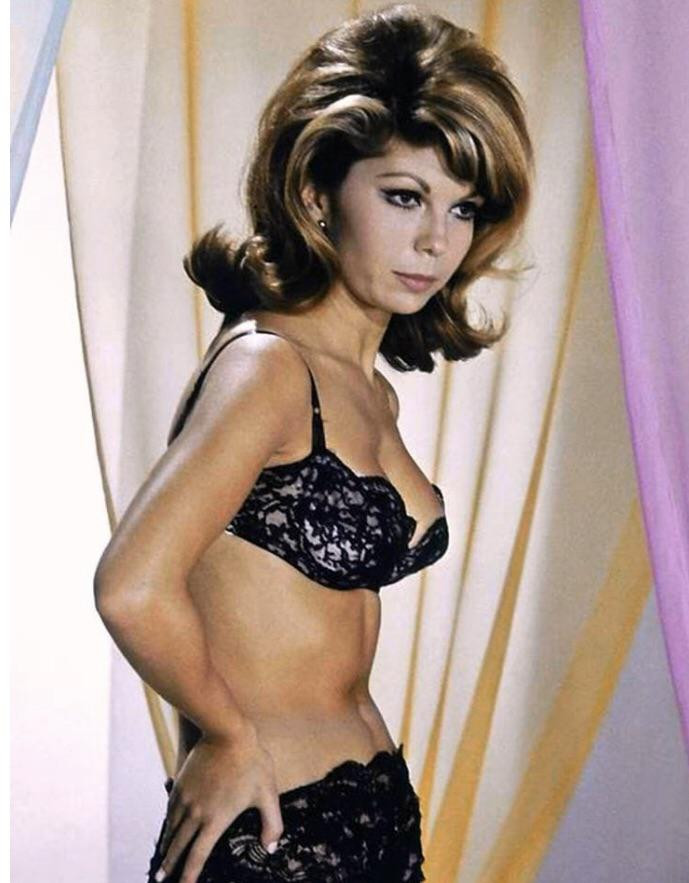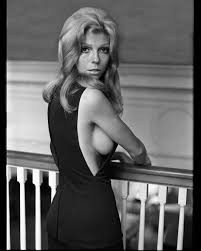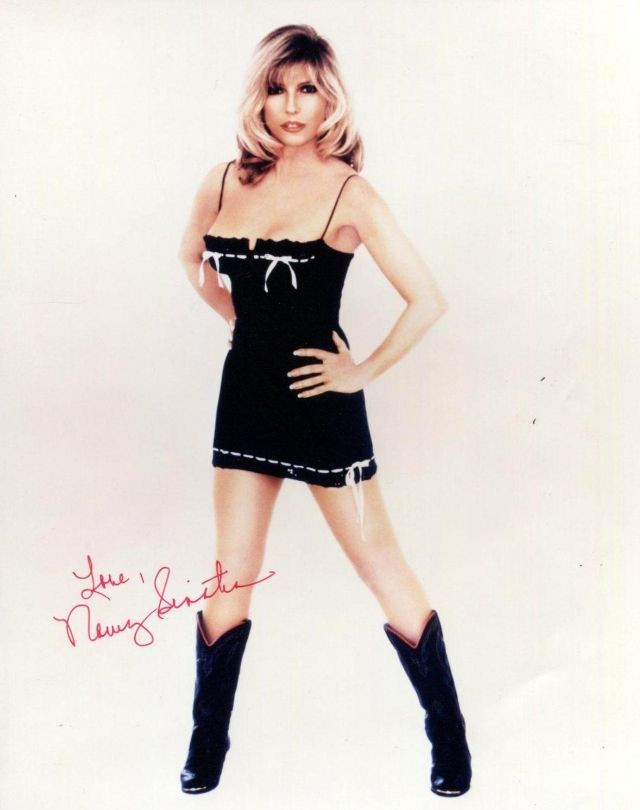The Timeless Legacy of Nancy Sinatra: A Music Icon’s Journey
Nancy Sinatra transcends the label of being merely a pop culture icon; she is a symbol of a generation that embraced change and self-expression. Known for her distinctive go-go boots, sultry voice, and an aura of undeniable charm, she has etched her name into the annals of music history. Born on June 8, 1940, in Jersey City, New Jersey, Nancy was not just the daughter of legendary crooner Frank Sinatra; she was a star who carved out her own identity in the competitive world of music. Her journey was marked with triumphs and tribulations, including significant personal losses and long hiatuses from the spotlight, making her story as riveting as the songs she recorded.

Early Life and Musical Aspirations
Growing up in the vibrant atmosphere of the entertainment industry, Nancy Sinatra was exposed to the enchanting world of music from a young age. Being the eldest daughter of one of the most celebrated artists of the 20th century, she found herself under immense pressure to succeed. Her early attempts at recording did not garner the attention she hoped for, often overshadowed by her father’s colossal fame. However, she was determined to carve out her own niche. It wasn’t until 1966 that her career took a remarkable turn. With the release of the iconic track “These Boots Are Made for Walkin’”, Nancy achieved both commercial success and cultural significance. This catchy anthem not only topped the charts but also solidified her status as a fashion icon of the 1960s, capturing the spirit of an era that was defined by youthful rebellion and liberation.

Fashion Icon of the Sixties
Nancy’s influence extended far beyond her music; she became a defining figure in the fashion landscape of the 1960s. With her knee-high go-go boots, chic mini skirts, and a fierce attitude, she epitomized the rebellious spirit of the era. Her style choices inspired countless trends, and she remains an enduring symbol of the mod movement. Hits like “Sugar Town”, “Somethin’ Stupid” (a captivating duet with her father), and the haunting “Bang Bang (My Baby Shot Me Down)” showcased her versatility as an artist. The latter gained renewed popularity when featured in Quentin Tarantino’s acclaimed film Kill Bill, introducing her music to a new generation of fans. This resurgence not only highlighted the timeless quality of her art but also demonstrated how pop culture can bridge generational gaps, connecting the past with contemporary audiences.

Transition to Hollywood and Personal Struggles
In addition to her musical accomplishments, Nancy Sinatra ventured into Hollywood, starring alongside notable actors like Elvis Presley in “Speedway” (1968) and Peter Fonda in “The Wild Angels” (1966). While her cinematic endeavors showcased her charisma, she never fully transitioned into a dedicated acting career, preferring instead to focus on her musical passions. However, beneath her glamorous public persona lay significant personal challenges. Her marriage to teen sweetheart Tommy Sands ended in divorce after just five years, a painful chapter that tested her resilience. Furthermore, the death of her father in 1998 profoundly impacted her. This emotional turmoil led her to step away from the limelight for a time, a period she used for introspection, healing, and reconnecting with her personal passions, including her love for songwriting and music production.

A Triumphant Return to Music
After a considerable hiatus, Nancy Sinatra surprised her fans with a comeback in the early 2000s. Her album “Nancy Sinatra” (2004) featured collaborations with contemporary artists like Bono, Morrissey, and Jarvis Cocker, reminding the world that she remained a significant force in music. This resurgence highlighted her adaptability and ability to resonate with new audiences, further amplifying her legacy. Younger generations discovered her work through various media, contributing to renewed interest in her music and style. The album was not merely a collection of songs; it was a testament to her enduring influence and relevance in a rapidly evolving music landscape. Songs like “Let Me Kiss You”, which was penned by Morrissey, showcased her ability to blend her classic sound with modern sensibilities, further cementing her status as a timeless artist.

The Enduring Influence of Nancy Sinatra
Now in her 80s, Nancy Sinatra continues to embody the elegance and grace that defined her youth. Embracing aging with authenticity, she remains a figure of admiration, characterized by her trademark blonde hair and timeless beauty. Though she may not be actively recording music, her influence persists in the industry, as she actively engages with her fans and preserves her father’s monumental legacy. Through social media, she shares memories and rare glimpses into her life, maintaining a deep connection with her audience. Her candid interactions with fans often include reflections on her career and personal life, providing an intimate insight into the woman behind the music. This ongoing dialogue not only keeps her legacy alive but also allows her to inspire new artists and fans alike.

Legacy and Cultural Impact
Nancy Sinatra’s contributions to music, fashion, and popular culture are irrefutable. Her songs, from rebellious anthems to deeply moving ballads, helped shape the cultural landscape of the 1960s and beyond. The essence of her journey—from a struggling artist to an iconic figure, followed by her decision to step back and ultimately return to music—demonstrates that reinvention is always possible, regardless of age or circumstance. Whether it’s her unforgettable hits, her signature go-go boots, or her innate sense of style, Nancy Sinatra remains a legendary figure whose impact on the world of entertainment will forever resonate. As a pioneer for women in music, she opened doors for future generations, proving that a strong, independent woman could carve her path in a male-dominated industry. Today, her legacy continues to inspire artists and fashion icons around the world, reminding us all of the power of authenticity and the enduring spirit of creativity.

















